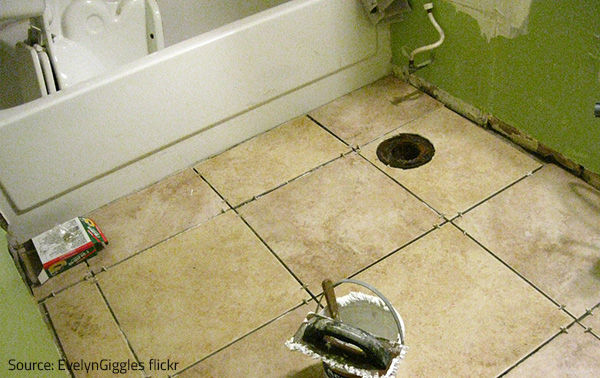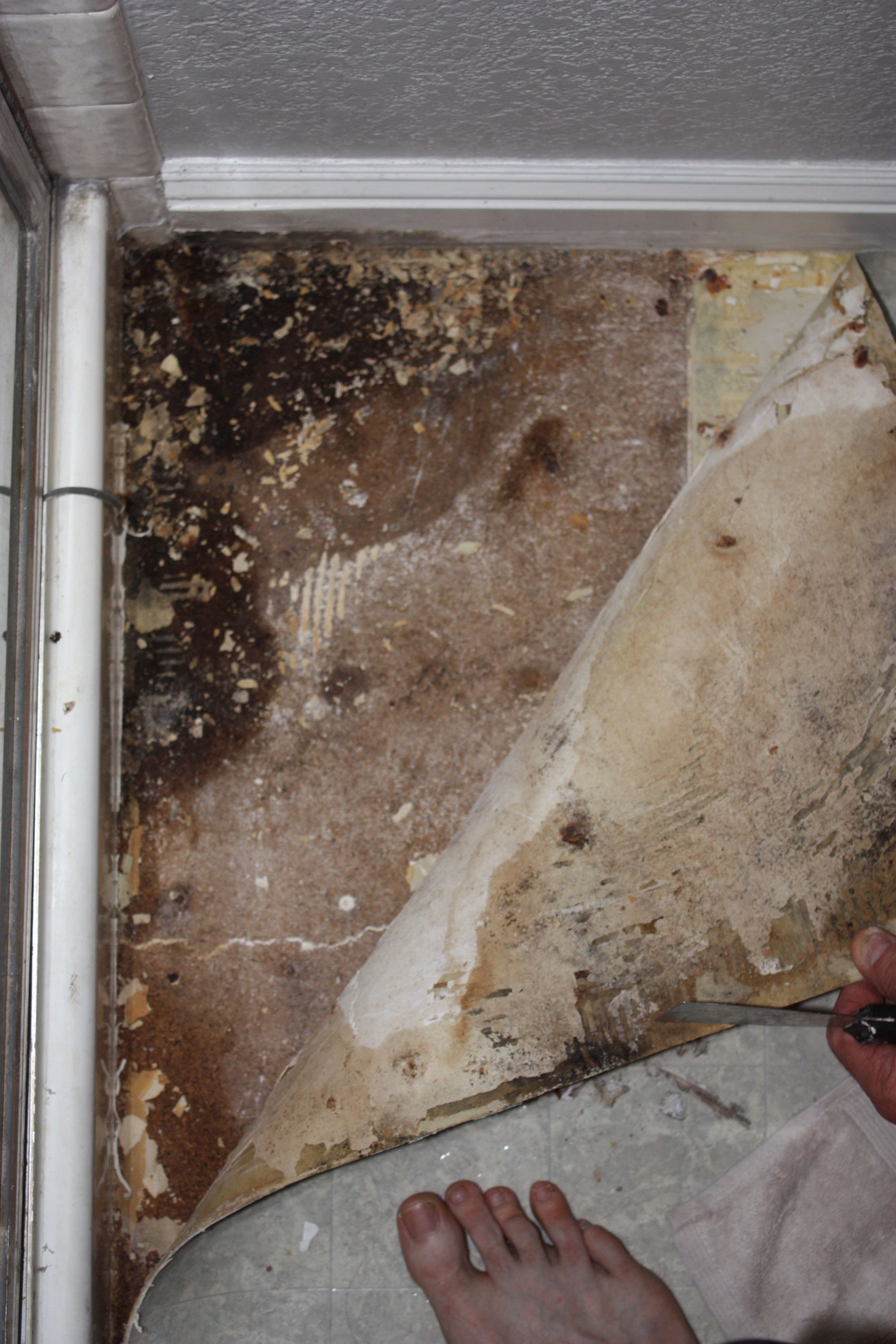Just about every person has got his or her own conception when it comes to How to Fix a Water Damage Bathroom.

The washroom is incredibly prone for wet accumulation as well as prospective water damages due to the frequent use of water in it. This post supplies easy assessment techniques to help discovering water damages hazards.
The regular use water in the bathroom makes it incredibly at risk for wet buildup and prospective water damages. By inspecting it frequently, you can lower water related damages.
The complying with collection of examinations is very easy to perform and also should be done once in every 3 months in order to maintain your washroom in good shape as well as to avoid prospective water problems caused by the bathtub, the shower, pipe joints and also plumbing, sinks, cabinets, and the bathroom
Do not disregard executing these inspections and also be comprehensive while doing them. Bear in mind that these easy evaluations can save you a lot of cash by giving very early signs for water damages
Tub as well as Shower
The shower as well as tub require special attention and also upkeep. Examine the tiles and replace if fractured. See to it that there is no missing out on cement between the tiles. Inspect and replace broken caulking at joints where the walls meet the flooring or the bath tub. Obstructed drains pipes as well as pipes issues will avoid the bathtub from drying and might show significant problems beneath the bathtub. Consult with a professional quickly to stop architectural damages. Take note of discolorations or soft areas around the bath tub wall surfaces as they might indicate an inner leakage.
Plumbing
Signs for water damage are hard to detect since a lot of pipelines are installed inside the walls.
Pay unique interest to flooring and walls moisture and also discolorations as they may indicate an invisible plumbing trouble. Inspect wetness levels in adjacent spaces as well.
Sinks and also Cabinets
Sinks and cabinets are revealed to wetness and moisture everyday and are usually ignored. Examine regularly under the sink and also on the counter top above it. Repair any kind of drip in the catch as it may recommend drain troubles. Browse the sink, slow draining pipelines may indicate an obstructed drain. Change sink seals if they are fractured or loose.
The Toilet
The bathroom is a susceptible water joint. Inspect the water lines and also search for leakages around the bathroom seat, in the hose, and also under the water tank. If you identify any type of indications of moisture on the flooring around the commode, check for leakages in the toilet rim and also storage tank seals.
Realize that hanging bathroom dish deodorants raises the possibilities for blockages.
TIPS TO PREVENT WATER DAMAGE IN THE BATHROOM
The average household uses approximately 80-100 gallons of water per person per day. For a family of 4, that's almost 2,500 gallons of water a week! The largest portion of this consumption comes from bathroom use. Flushing the toilet uses the most water, followed by taking a shower or bath. With that much water running through the home, water damage in the bathroom is bound to happen. Knowing how to spot signs of a water leak is essential to preventing long-term damage. This guide provides you with tips to reduce the impact of water damage on your bathroom.
CAUSES OF BATHROOM WATER DAMAGE
Pipe breaks are the most common cause of water damage we see in our daily jobs. The age of a pipe plays a large role in a pipe break as well as corrosion. Over time, the metal begins to break down, allowing water to escape. Frozen pipe breaks are also a concern in the winter months. Toilet overflows caused by paper products or children flushing inappropriate items. Degraded caulking around the toilet or bathtub can allow water seepage, sometimes behind the fixture, into the subfloor or walls. Condensation forms when the water in a pipe is cooler than the air temperature. Beads of water form on the exterior of the pipes, sometimes so much so that the water begins to drip and pool below. Sink or shower backups created by poor drainage. HOW TO PREVENT WATER DAMAGE IN YOUR BATHROOM
Inspect your toilet supply line for worn or frayed hoses and replace them as needed. Winterize your plumbing to prevent a frozen pipe break. Use vent fans to prevent condensation that can lead to mold growth. Routinely check and replace degraded caulking around your toilet or bathtub. Increase the temperature in your toilet tank and insulate your pipes during the warm summer months to keep condensation from forming. Use child safety locks on the toilets. Flush only toilet paper. "Flushable" wet wipes are actually not good for your plumbing system. Additionally, feminine hygiene products should not be flushed. Prevent water from escaping the tub or shower. Make sure shower curtains are in good condition. Inspect shower doors and replace the seal strip if necessary. Wipe up any water that accumulates on the floor and use bath mats. Water left to sit can cause damage to the tiles and flooring. Refrain from using bath products containing heavy oils to avoid a clogged drain.

Do you enjoy reading up on Looking for Signs of Water Damage in the Bathroom? Put feedback down the page. We will be pleased to know your responses about this article. We are looking forward that you come back again in the near future. Sharing is good. Helping people is fun. We recognize the value of reading our article about How to Fix a Water Damage Bathroom.
Get Started